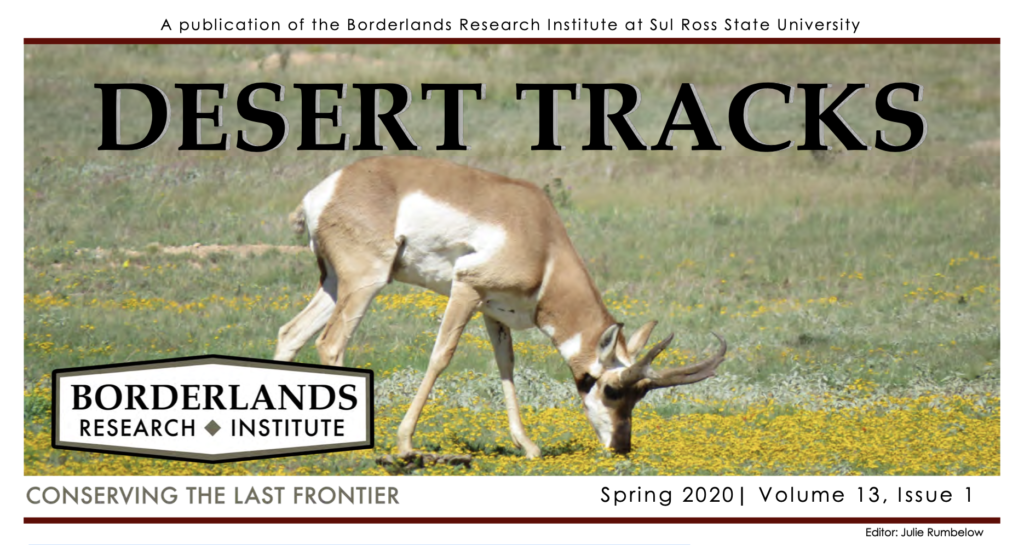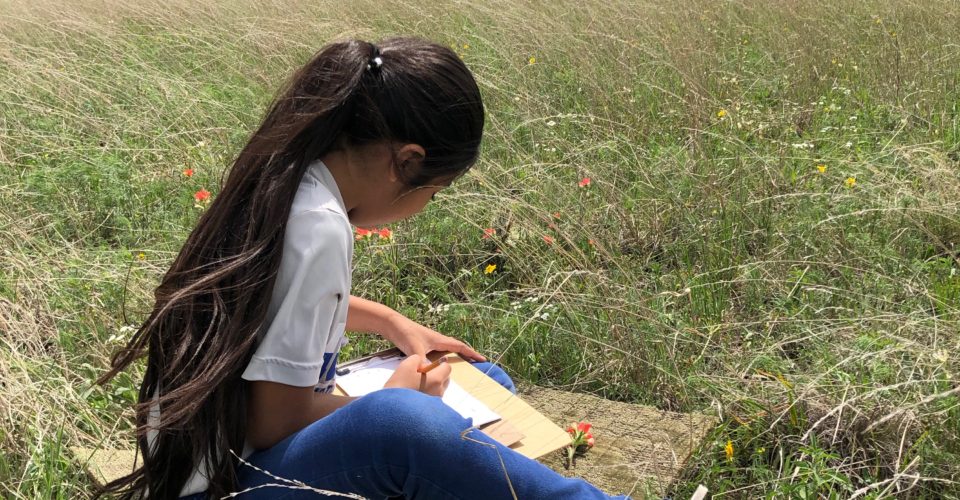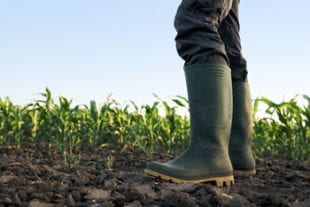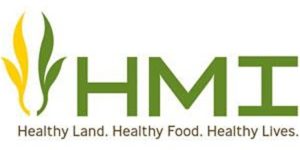
Please visit this recent article in the Borderlands Research Institute’s Desert Tracks newsletter to read about current research into pronghorn diet and carrying capacity on our Mimm’s Unit ranch in Marfa, Texas.
https://bri.sulross.edu/wp-content/uploads/2020/05/v13i1_Desert-Tracks_draft-4.pdf






